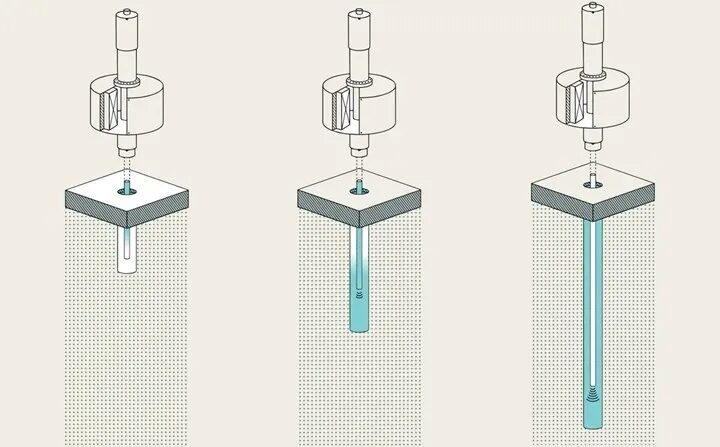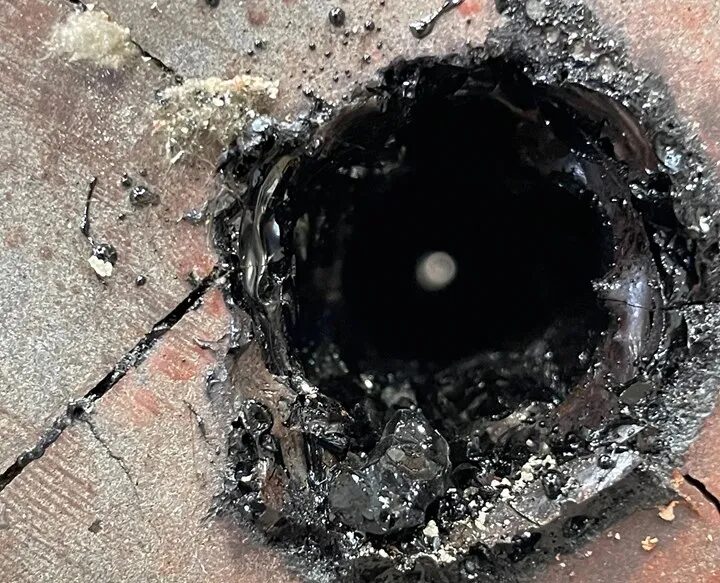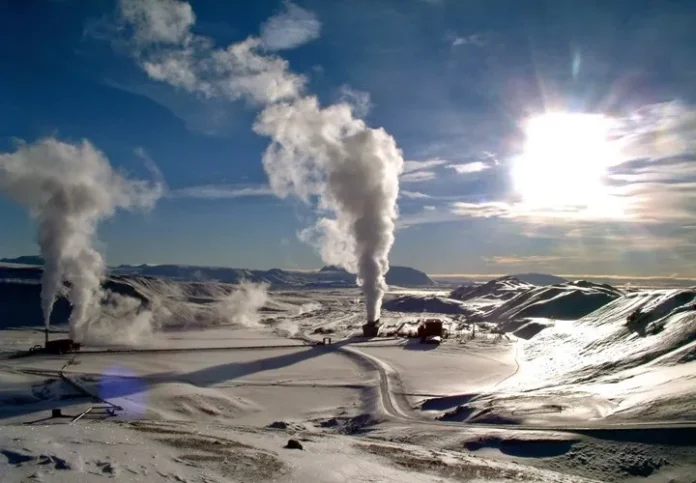According to Quaise Energy, a US-based company, digging the deepest hole on Earth will provide inexhaustible, unlimited energy. The company is developing an innovative drilling machine to reach 20 kilometers below the Earth’s surface to harness geothermal heat for “limitless clean energy” production. Matt Houde, co-founder of Quaise Energy, suggests that the energy awaiting us underground exceeds our planet’s annual energy needs by a billion times, potentially providing humanity with a form of unlimited energy akin to fusion.

Geothermal Energy: The Potential for Limitlessness
Using a “gyrotron” to pierce the Earth’s crust for unlimited energy might sound both science-fictional and somewhat ironic. However, Quaise Energy, supported by Mitsubishi, aims to do just that. The company asserts that geothermal energy is the ideal complement to intermittent energy from wind and solar farms. Another significant advantage is that geothermal energy is ready to tap into the world’s largest industry today: the oil and gas sector. Yet, the limited geographical accessibility of geothermal energy persists

Quaise believes that their plans for deeper, hotter, and faster drilling could unlock terawatt-scale geothermal energy. At the core of this belief lies gyrotron, ironically a technology used in nuclear fusion research.

The Device Needed for Fusion Energy
A gyrotron operates akin to a microwave oven but is much more powerful and sophisticated. It produces high-frequency microwaves called millimeter waves by moving electrons in a strong magnetic field. While the operational principle of a gyrotron may be somewhat complex, it can be summarized as electrons moving in a spiral orbit in a vacuum and emitting energy in the form of microwaves. Gyrotrons are used to heat and control plasma in fusion reactors.

Quaise Energy plans to use gyrotron technology to vaporize rocks and drill through the Earth’s crust up to 20 kilometers. The deepest drilling on Earth, the Kola Superdeep Borehole in Soviet Russia, reached only 12.2 kilometers. However, reaching 20 kilometers today is nearly impossible. Yet, the company suggests that the temperatures at such depths would be around 500 degrees Celsius, similar to those at which modern coal and gas-fired power plants operate. According to Quaise, gyrotron technology will be used to manage these temperatures and go deeper into the Earth. The company will employ traditional drilling methods for the first few kilometers and then transmit microwaves deeper through a simple corrugated metallic pipe, vaporizing rocks.
Houde acknowledges the formidable challenges of these goals but aims to begin initial field tests using their technology this year. Descending even a few kilometers, let alone reaching the 10-15 km range, is seen as a significant achievement.
According to the company’s modeling, gyrotron technology is highly effective in sending energy over long distances. However, for it to work, the 20-kilometer pipe must remain straight and smooth. Otherwise, microwaves within the pipe could create lightning-like phenomena, similar to putting aluminum foil in microwave ovens. Of course, there are other challenges to overcome, such as disposing of vaporized rocks or preventing the collapse of the drill.

